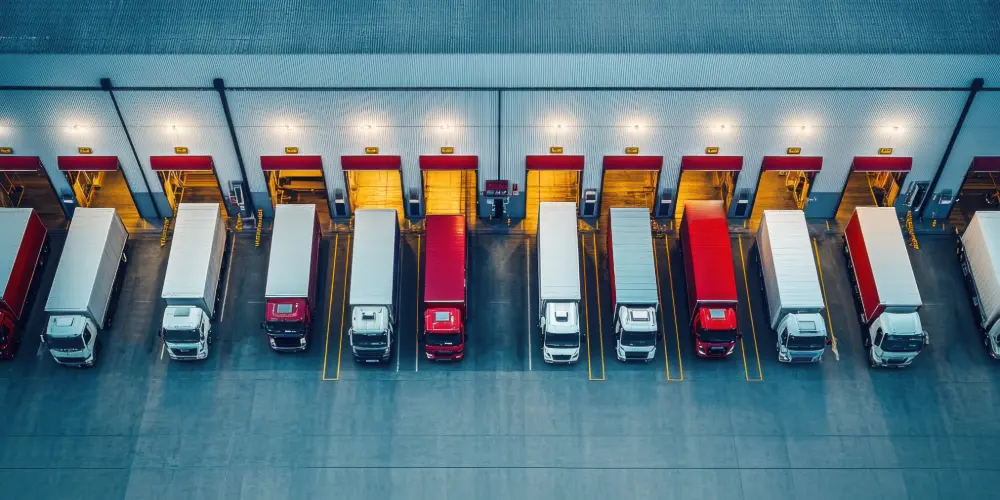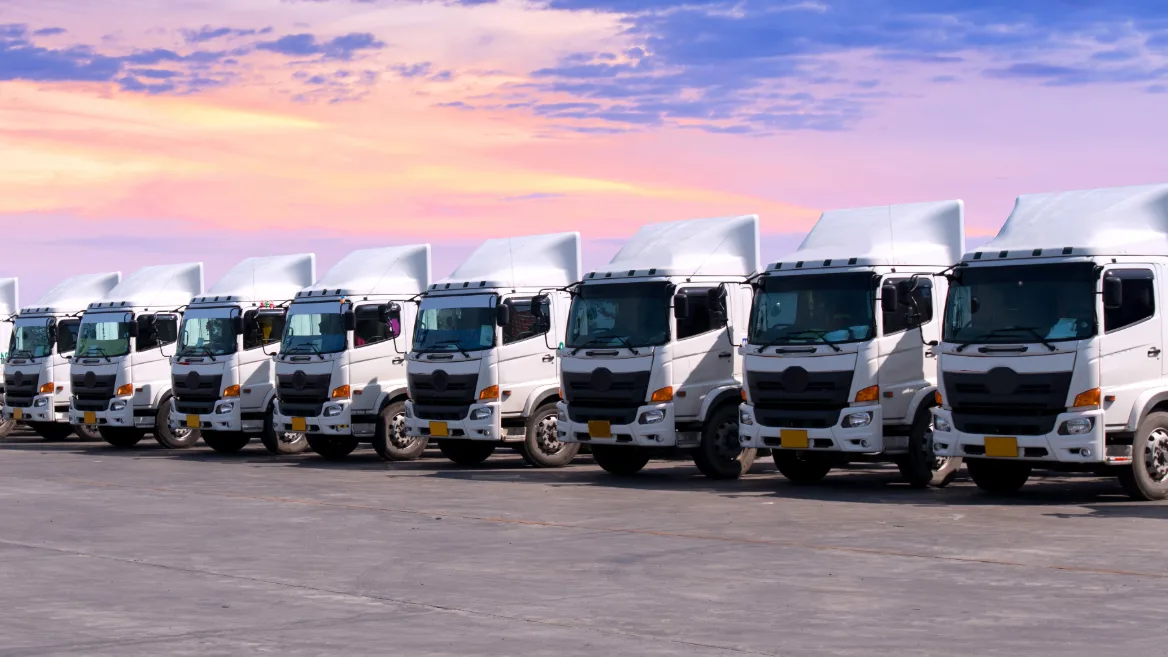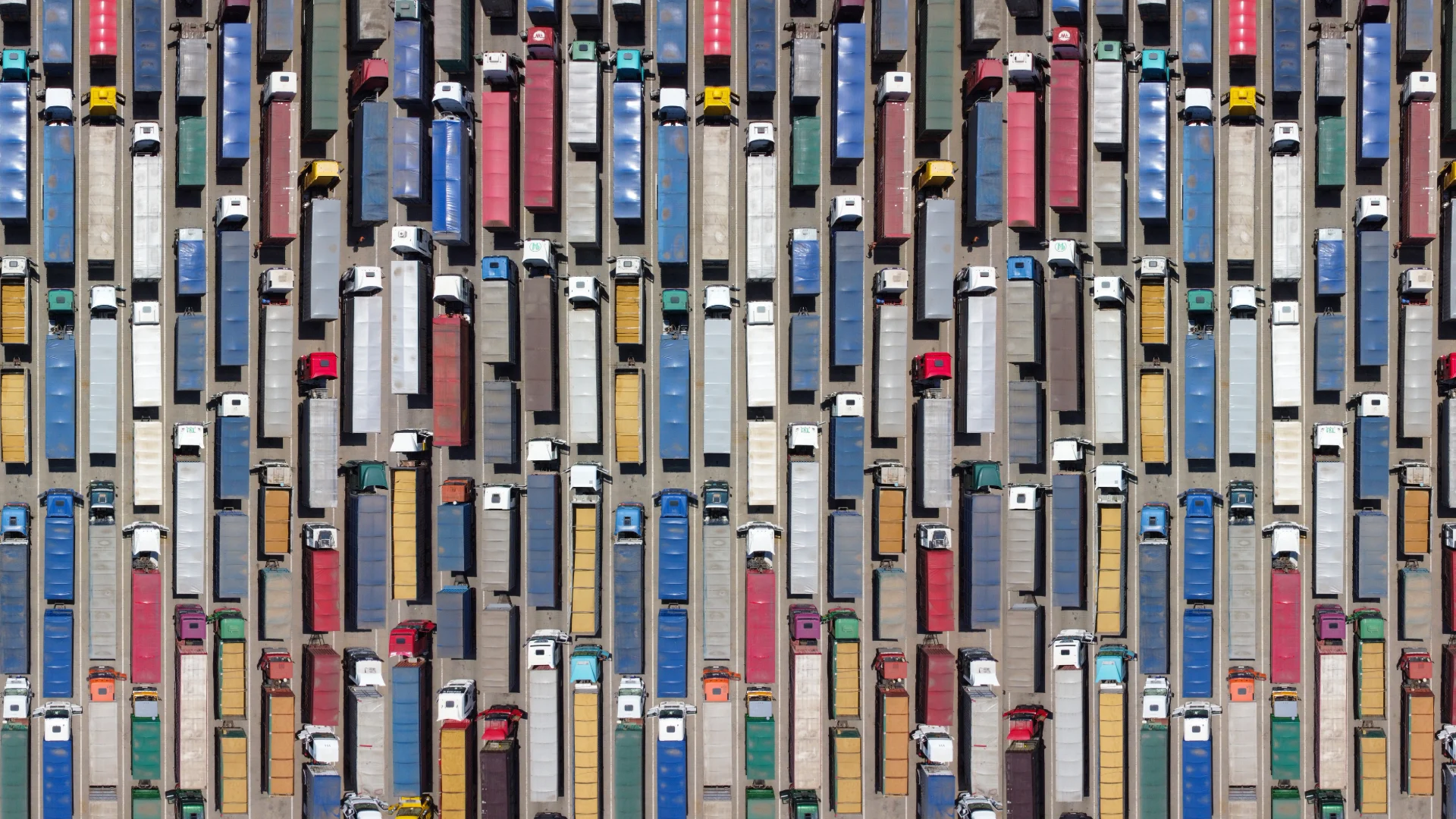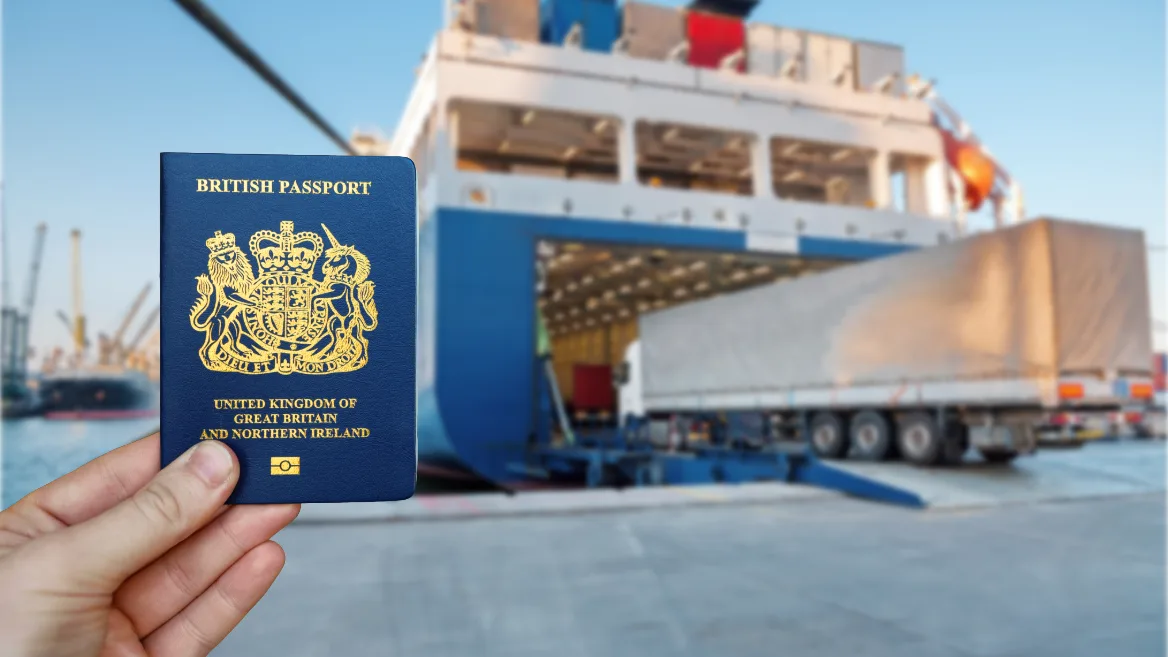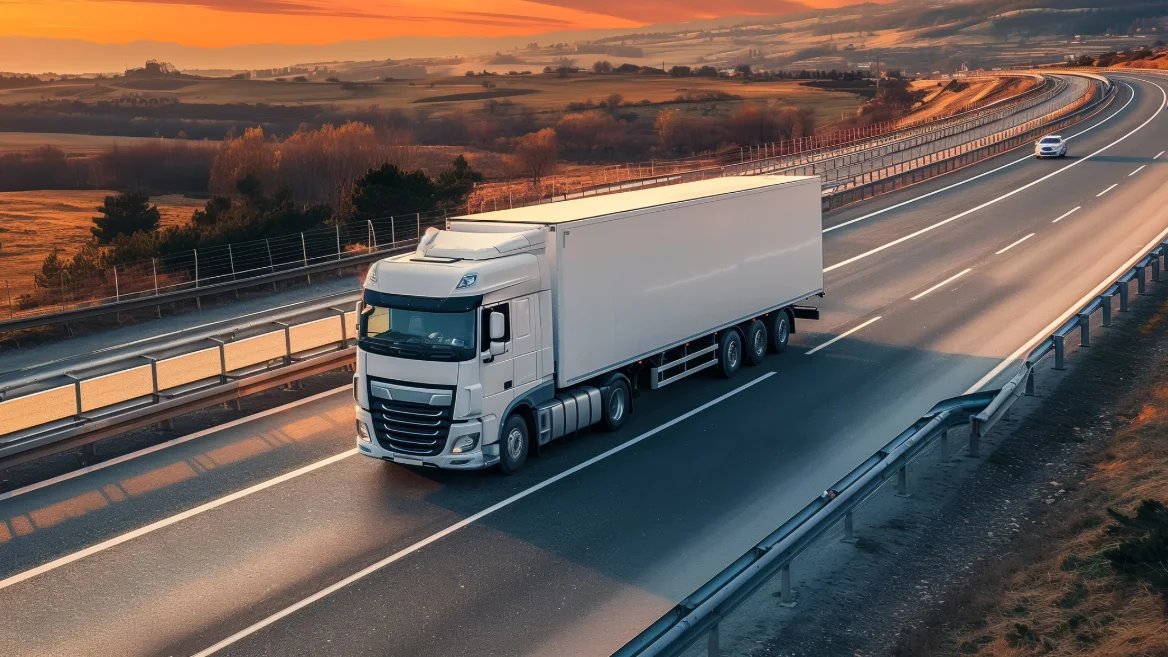Haulage is one of those terms you’ve probably heard thrown around in the world of transport and logistics, but what does it really mean?
At its core, haulage is all about moving goods from one place to another, usually by road.
In this guide, we’ll define haulage in plain terms, break down how it works, and explain how it fits into the wider logistics industry.
What we’ll cover
Fleets, bookings, subcontractors, compliance & payments.
With HX, you can manage them all in one place.
What haulage and logistics means
When people talk about haulage, they’re usually referring to the physical transport of goods. Think trucks on the motorway or pallets being shifted from warehouse to store.
In contrast, logistics covers the full picture, including planning, inventory, warehousing, and the systems that support those movements.
The word haulage means different things to different industries, but the basics remain the same: it’s the business of shifting stuff.
Haulage is measured in tonnes moved, miles covered, and deadlines hit. Supply chains wouldn’t function without it.
You’ll also see haulage paired with terms like “general haulage” or “heavy haulage,” which we’ll get into shortly. But the key thing to remember is that haulage isn’t the same as managing logistics; it’s one (very big) part of the process.
How haulage differs from logistics
It’s easy to mix the two up, but haulage and logistics aren’t interchangeable. Haulage means physically moving the goods, while logistics is the end-to-end system that makes that move possible.
One handles the wheels; the other handles the plans, paperwork, and timing.
For example, logistics includes route optimisation, tracking systems, freight booking, and warehouse coordination. Haulage is the driver, the vehicle, and the journey itself.
If you define haulage too broadly, you risk losing sight of its role as the hands-on part of the operation.
You’ll often find that hauliers work hand-in-hand with logistics companies or freight forwarders to deliver a seamless service. They don’t always plan the jobs, they carry them out.
Types of haulage services and methods
There’s no one-size-fits-all when it comes to haulage and logistics. The type of service depends on what’s being moved, how far it’s going, and what kind of vehicle or licensing is needed.
Most haulage falls into a few core categories that help define how the work gets done.
Road haulage: vehicles, licensing, pros and cons
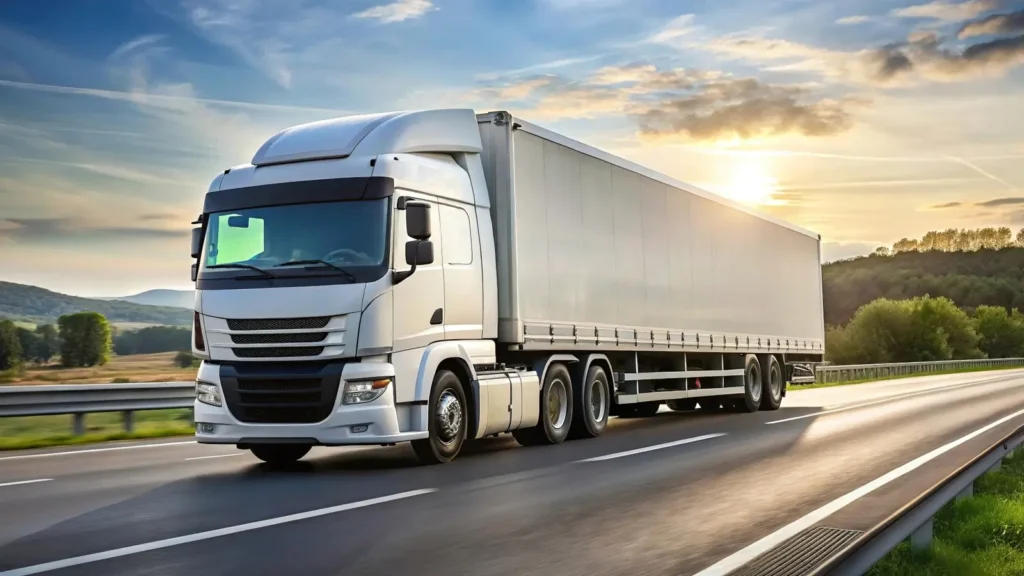
Road haulage is the most common form in the UK, covering everything from local courier runs to national deliveries by HGVs. It includes courier vans, rigid trucks, articulated lorries, and specialist vehicles like flatbeds or low loaders. If you’re starting a haulage company, this is usually the place to begin.
It’s a key link between suppliers and consumers, often used for short and medium-distance deliveries across the country.
Vehicles can access locations that rail or sea freight can’t reach, which makes it ideal for last-mile transport.
Many businesses rely on road haulage and logistics daily to keep goods moving efficiently between warehouses, depots, and stores.
Pros
- Flexible: Reaches urban, rural, and remote locations with ease.
- Responsive: Suitable for same-day or time-sensitive deliveries.
- Trackable: Easy to monitor and manage with digital tools.
Cons
- Traffic and delays: Prone to disruption from congestion or road closures, especially on smart motorways.
- Cost volatility: Fuel prices and driver shortages can affect margins.
- Environmental impact: Generally produces more emissions than rail or sea freight.
General haulage: Core components and benefits
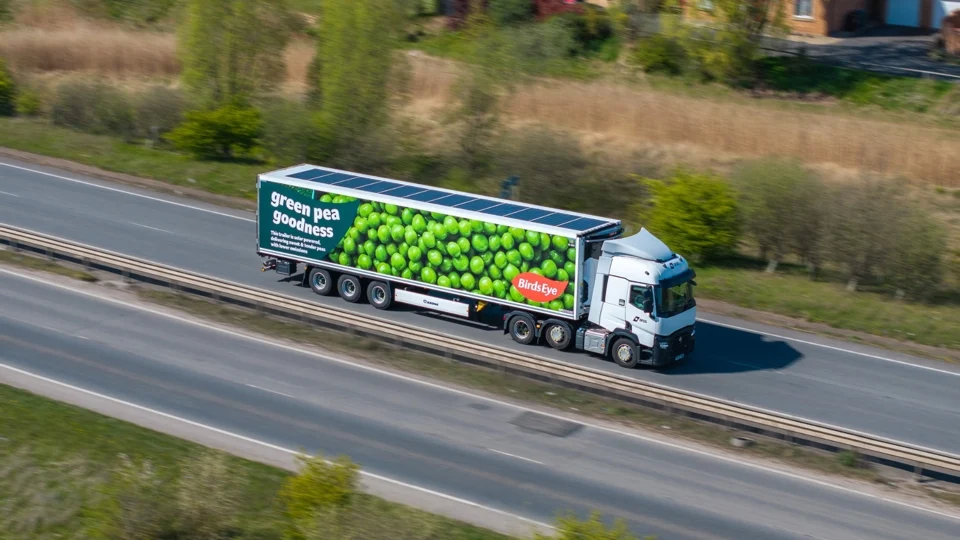
General haulage refers to the everyday transport of commercial goods, things like retail stock, building materials, or boxed products.
It’s the backbone of many haulage and logistics firms, offering consistent work across industries and sectors. If you want to define haulage in its most common form, this is it.
Operators handle a wide variety of jobs with different routes and load types depending on demand.
Work may be local, regional, or national, with hauliers often using a freight exchange to find backloads or fill gaps in their schedule.
Clients range from wholesalers and retailers to manufacturers and construction suppliers. This variety means general hauliers need to stay well-organised and responsive to last-minute requests.
While the cargo may change, the goal is always the same: get it delivered safely, quickly, and cost-effectively. For a large haulage business, streamlining these jobs can make a big difference where profits are concerned.
Pros
- Versatile: Handles a wide range of goods across many different sectors.
- Scalable: Works for both small operators and large fleet businesses.
- Efficient: Return loads and multi-drop routes help reduce costs.
Cons
- Unpredictable schedules: Jobs can vary day-to-day, requiring flexibility.
- Fuel and maintenance pressures: Costs can rise quickly with fleet usage.
- Short-notice changes: Clients may request urgent bookings or cancellations.
Who are hauliers and contractors?
A haulier is someone who owns or operates a vehicle used to transport goods. They can work independently, subcontract for larger companies, or run a full fleet of trucks.
Contractors, on the other hand, might not own the goods or vehicles but arrange and manage the transport side of things. They work closely with hauliers to get goods from A to B. Some also use platforms or freight forwarders to coordinate more complex jobs.
Whether you’re a single driver or managing multiple vehicles, the role remains the same: keep cargo moving.
The better your haulage and logistics network and reliability, the more jobs come your way. That’s especially true for anyone using a digital freight exchange to secure regular work.
How hauling works and cost considerations
The haulage process starts with a delivery need: a shipper wants something moved. From there, the job is booked, a vehicle is assigned, and the goods are collected and delivered on an agreed timeline.
It sounds simple, but timing, route planning, and communication all play a role in making it work.
Costs depend on several factors:
- Distance
- Load size
- Urgency
- Fuel prices
- Whether a return load is available
Some haulage and logistics jobs also need additional gear, like cranes or specialist trailers, which pushes prices up. The more flexible your setup, the more competitive your rates can be.
If you’re trying to define haulage and logistics from a cost perspective, it’s all about managing overheads while keeping clients happy.
A well-planned job with a return load is more profitable than two single runs. That’s why many operators invest in tracking tools and logistics support to stay efficient.
Specialised haulage services and operational options
Some loads can’t be handled by standard trucks or trailers. Specialised haulage is designed for goods that are oversized, hazardous, time-sensitive, or temperature-controlled.
These jobs often require trained drivers, custom equipment, and added safety or planning measures.
- Heavy haulage and logistics: Used for oversized or overweight cargo, such as construction equipment or industrial machinery. These types of jobs often require permits and escort vehicles.
- ADR and dangerous goods: Covers hazardous materials such as fuel, gas, or chemicals. Requires trained drivers and compliance with ADR haulage safety regulations.
- HIAB and crane-equipped vehicles: These vehicles have built-in cranes for lifting and positioning heavy or awkward loads. They’re ideal for deliveries where access is limited.
- Refrigerated transport: Suitable for goods like food or pharmaceuticals that must be kept at controlled temperatures as part of a cold chain logistics service.
- Abnormal loads: For items that exceed typical height, width, or length restrictions. Often used to move things like wind turbines or modular buildings
Frequently asked questions
What is classed as haulage?
Haulage is classed as the commercial transport of goods, usually by road. This includes general deliveries, construction materials, and anything moved from one site to another for business. It doesn’t include passenger transport or personal moves.
What is classed as heavy haulage?
Heavy haulage and logistics refers to oversized or overweight goods that can’t be carried on standard lorries. Think of things like cranes, tanks, or massive structural steel components. These often require special permits and route planning.
What is an example of a haulage?
A good example would be a lorry transporting bricks from a factory to a building site. Another might be a refrigerated truck delivering chilled food to a supermarket. If goods are being moved by vehicle for commercial purposes, it’s considered haulage.
What is a haulage charge?
A haulage charge is the fee paid to a haulier for transporting goods. It’s usually calculated based on distance, load weight, and any extra services like unloading or time-sensitive delivery. Some companies offer fixed rates, while others quote per job.
